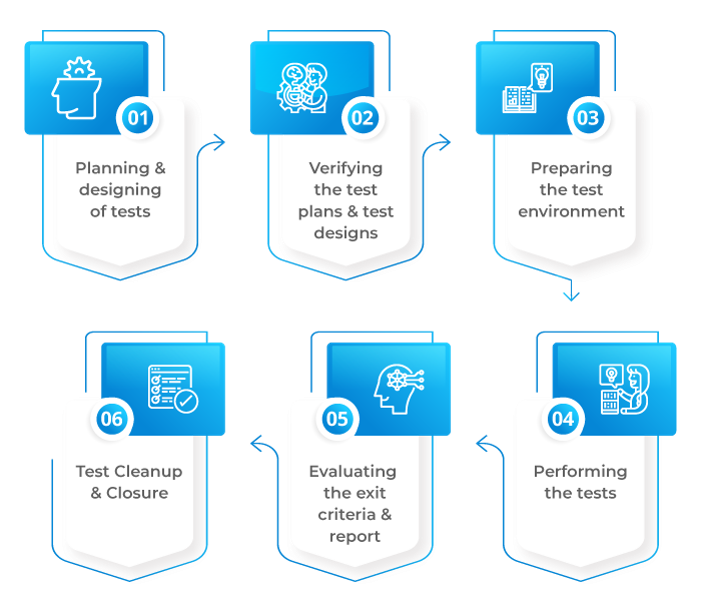
ITIL V3 introduced service validation and testing as a new process to test and validate the new services or changes to the existing services being introduced. The main purpose of the service validation and testing is to make sure that the IT service which has been newly implemented or modified matches its design specification and adequately meets the needs of the business.
Objectives of Service Validation and Testing
The objectives of service validation and testing are:
- It provides confidence that a release will result in the creation of a new service or change the existing service, which in turn delivers the outcomes as expected.
- It also delivers optimum value for the customers within the projected costs and the capacity and constraints available at that time.
- The process validates that the service is fit for its purpose and that it will deliver the necessary utility.
- It provides a guarantee that a particular service is ‘fit for use’ and that it will deliver as per the warranty which has been agreed upon.
- It provides a confirmation that the definition and identification of the customer and stakeholder requirements are correct.
- The process also helps to identify, analyze and solve the issues, problems, and risks which occur throughout the service transition process.
Scope of Service Validation and Testing
Service validation and testing have a wide scope in the industry.
- Service validation and testing can be applied throughout the service lifecycle in order to provide assurance about the quality of any aspect of service.
- It also provides an assurance of the service provider’s capability, resources and capacity to deliver or release a service successfully.
- Service testing applies to services, hardware, or knowledge-based services developed in-house.
- It involves testing the service components which have been newly introduced or changed and examines their behavior in a business unit, service unit, or deployment group.
The biggest value that service testing and validation provides is that it gives the businesses and customers, confidence that the service will deliver the required value as it has been tested and validated. It also provides them with an understanding of the risks involved.
Principles of Service Validation and Testing
The typical policy statements of service validation and testing include the following.
- All the tests for service validation must be designed and carried out by the people who haven’t been involved in the design and development activities for the service.
- The criteria for passing/failing the test should be documented in an SDP in advance before the start of any testing.
- Each test environment should restore to an earlier known state before starting the test.
- It needs to create, catalog, and maintain a library of test models, test cases, test data, and test scripts for reuse.
- A risk-based testing approach should be there to reduce the risk to the service and customer’s business.
Process Activities
The process activities do not take place in a sequence, and several activities can take place in parallel. The activities in this process are:
- Planning and designing of tests
- Verifying the test plans and test designs
- Preparing the test environment
- Performing the tests
- Evaluating the exit criteria and report
- Test clean-up and closure
Risks And Challenges
The challenges faced are:
- A lack of respect and understanding for the testing role
- A lack of available funding for the testing process
The following are some of the risks in service validation and testing:
- Objectives and expectations can be unclear at times
- There can be a lack of understanding of the risks, which results in testing that does not target the critical elements.
- Shortage of resources can introduce delays and have an impact on other service transitions.
Conclusion
Service Validation and testing thus deliver the expected outcomes and the optimum value for the customers. Validating that a process is ‘fit,’ ensures that the necessary utilities are delivered. An additional benefit of service validation and testing is its ability to identify, analyze and solve the issues, problems, and risks which occur throughout the service transition process. Learn more about service management skills and best practices with ITIL 4 Foundation certification, and elevate your service management career.
Know more about Service Management best practices through Invensis Learning’s IT Service Management certification training on ITIL 4 Foundation Online Course, SIAM Foundation, SIAM professional, VeriSM, etc.
















